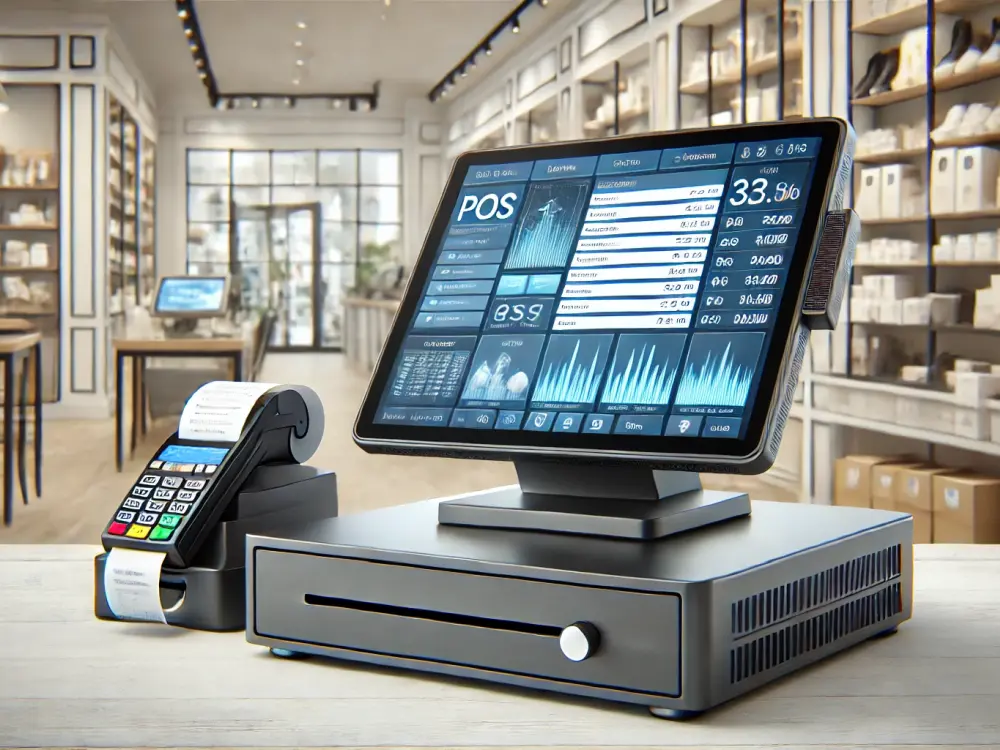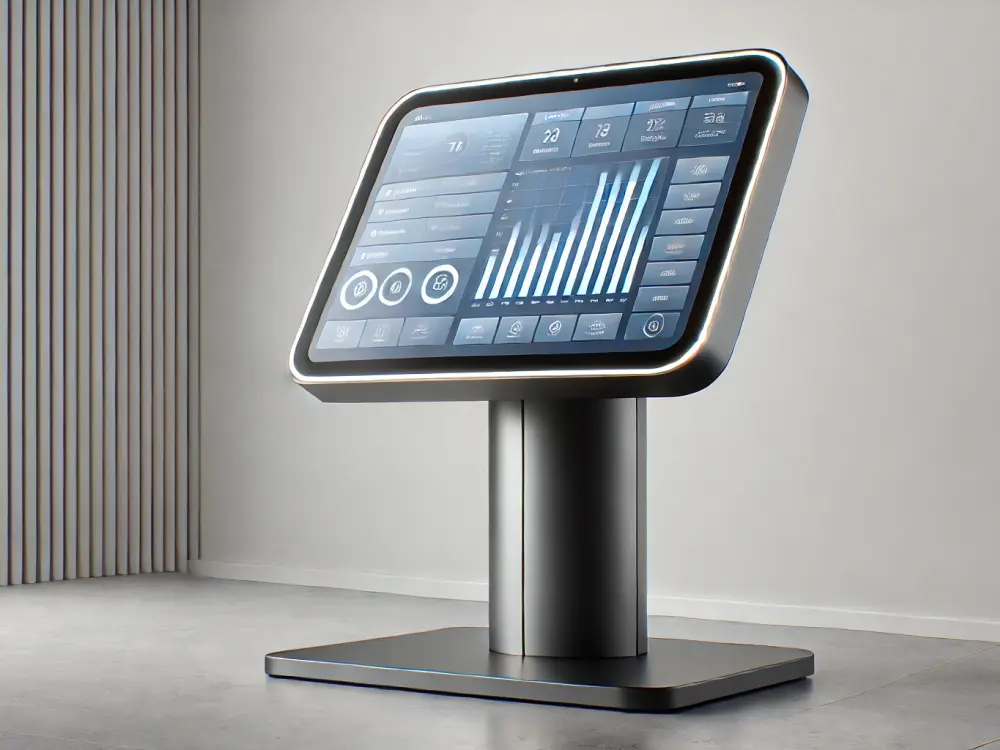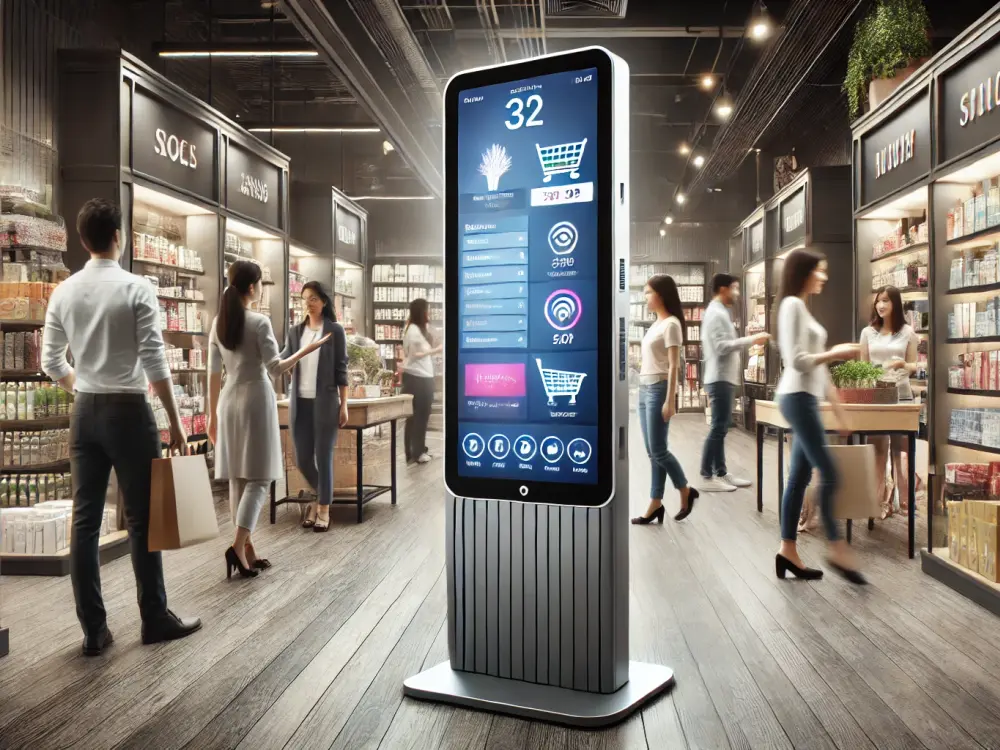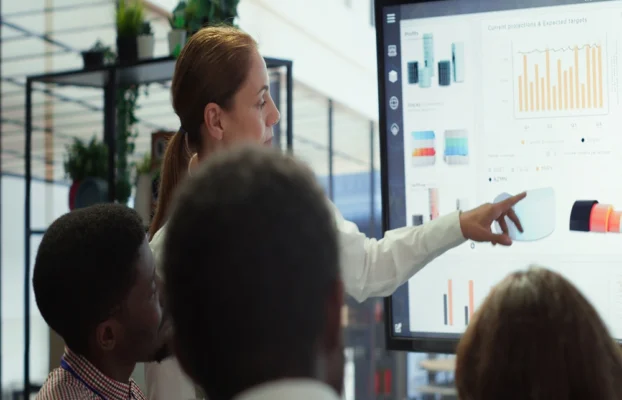The banking industry is undergoing a massive digital transformation, and interactive kiosks are at the forefront of this change. Banks are now leveraging self-service kiosks to streamline customer service, enhance security, and reduce operational costs while offering faster and more efficient banking experiences.
At Israk Solutions, we specialize in deploying banking kiosks that enable customers to conduct transactions, access account services, and receive assistance without the need for human interaction. In this blog, we explore how interactive kiosks are reshaping banking and why financial institutions should adopt this cutting-edge technology.
1. The Rise of Self-Service in Banking
With increasing customer expectations for faster and more convenient services, banks are investing in automated solutions to:- Reduce waiting times at branches by allowing customers to complete transactions without long queues
- Optimize staffing needs by reducing reliance on tellers for routine transactions
- Improve service accessibility by offering 24/7 banking with self-service kiosks
- Enhance security by implementing biometric authentication and fraud prevention features
2. Banking Transactions Made Easy with Self-Service Kiosks
Interactive kiosks allow customers to perform a variety of banking transactions without teller assistance, including:- Cash deposits and withdrawals
- Account balance inquiries
- Fund transfers between accounts
- Loan applications and approvals
- Bill payments and mobile top-ups
- Card issuance and PIN resets
- Handling routine transactions, allowing staff to focus on complex customer needs
- Speeding up service delivery, reducing wait times
- Providing a multilingual interface, catering to a diverse customer base
- Offering 24/7 accessibility, enabling banking services beyond working hours
4. Enhanced Security Features in Banking Kiosks
Security is a top concern for banks when deploying self-service technology. Modern interactive kiosks come with:- Biometric authentication, such as fingerprint and facial recognition, for secure access
- Encrypted transactions to prevent fraud
- AI-powered fraud detection to identify suspicious activities
- Camera monitoring and real-time alerts for added protection
5. How Banks Can Reduce Operational Costs with Self-Service Kiosks
By automating basic transactions, banks can:- Reduce overhead costs by minimizing the need for physical tellers
- Optimize workforce allocation, allowing staff to focus on high-value services
- Expand service reach by placing kiosks in remote or high-traffic locations
- Minimize infrastructure expenses, reducing the need for additional branches
6. Israk Solutions’ Success in Deploying Banking Kiosks
At Israk Solutions, we have successfully deployed interactive kiosks in financial institutions, helping them enhance customer experience while reducing operational challenges.Case Study: Smart Banking Kiosk Deployment for a Leading Malaysian Bank
Client: A major bank in Malaysia Solution: Installation of multi-function interactive kiosks for banking transactions Results:- 50 percent reduction in customer wait times
- Higher transaction accuracy due to digital automation
- Improved security with biometric authentication
7. Why Banks Should Invest in Interactive Kiosks
Banks that integrate self-service kiosks benefit from:- Better customer experience with faster transactions and lower wait times
- Increased accessibility through 24/7 banking services
- Reduced fraud risks with advanced security features like biometric authentication
- Lower operational costs due to reduced staffing needs and overhead expenses









